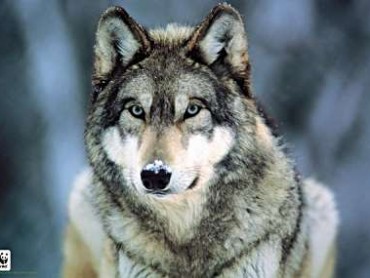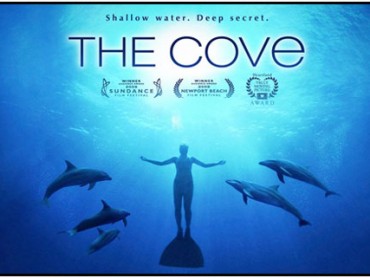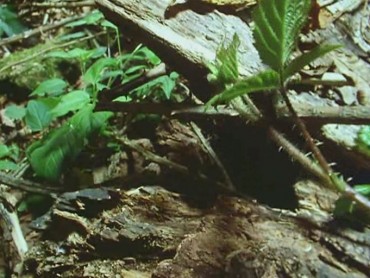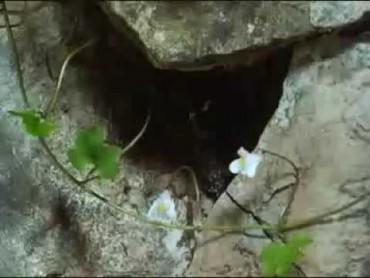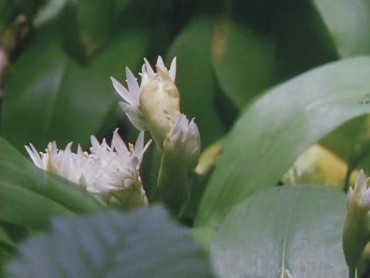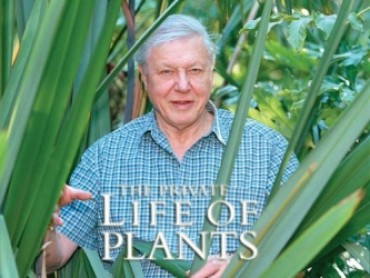In 1995, the first gray wolves were transported from Alberta, Canada to Yellowstone National Park, to repopulate the sprawling landscape with the species, absent for more than 70 years.The following year, a second wave of wolves was brought to the park from British Columbia, Canada; five of them were released together, and they were named the Druid Peak pack. Since the arrival of those first imm
Nature
The Cove begins in Taiji, Japan, where former dolphin trainer Ric O’Barry has come to set things right after a long search for redemption. In the 1960s, it was O’Barry who captured and trained the 5 dolphins who played the title character in the international television sensation “Flipper.”But his close relationship with those dolphins – the very dolphins who sparked a global fascination with tr
Although this documentary is promoting “intelligent design” view I decided to post it. For centuries scientists and philosophers have marveled at an eerie coincidence. Mathematics, a creation of human reason, can predict the nature of the universe, a fact physicist Eugene Wigner referred to as the “unreasonable effectiveness of mathematics in the physical sciences.” In the last three decades astro
Broadcast 9 February 1995, the final episode deals with plants that live in hostile environments. Attenborough visits Ellesmere Island, north of the Arctic Circle, to demonstrate that even in a place that is unconducive to life, it can be found. Algae and lichens grow in or on rock, and during summer, when the ice melts, flowers are much more apparent. However, they must remain close to the ground
Broadcast 2 February 1995, the fifth programme explores the alliances formed between the animal and plant worlds. Attenborough dives into Australia’s Great Barrier Reef and contrasts the nocturnal feeding of coral, on microscopic creatures, with its daytime diet of algae. Some acacias are protected by ants, which will defend their refuge from any predator. Besides accommodation, the guards are rew
Broadcast 26 January 1995, this episode examines how plants either share environments harmoniously or compete for dominance within them. Attenborough highlights the 1987 hurricane and the devastation it caused. However, for some species, it was that opportunity for which they had lain dormant for many years. The space left by uprooted trees is soon filled by others who move relatively swiftly towa
Broadcast 19 January 1995, the next instalment is devoted to the ways in which plants reproduce. Pollen and a stigma are the two components needed for fertilisation. Most plants carry both these within their flowers and rely on animals to transport the pollen from one to the stigma of another. To do this, they attract their couriers with colour, scent and nectar. It isn’t just birds that help poll
Broadcast 12 January 1995, this programme is about how plants gain their sustenance. Sunlight is one of the essential requirements if a seed is to germinate, and Attenborough highlights the cheese plant as an example whose young shoots head for the nearest tree trunk and then climb to the top of the forest canopy, developing its leaves en route. Using sunshine, air, water and a few minerals, the l
Broadcast 5 January 1995, the first episode looks at how plants are able to move. The bramble is an aggressive example: it advances forcefully from side to side and, once settled on its course, there is little that can stand in its way. An altogether faster species is the birdcage plant, which inhabits Californian sand dunes. When its location becomes exposed, it shifts at great speed to another o

